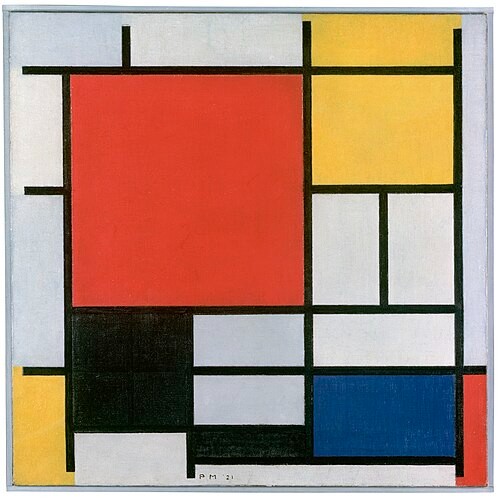
Sean Shepherd
The very idea of making music inspired by the art form known as Abstract Expressionism seems an anathema. How do you pin down the undefinable? The music style that might match the art form of expressionism has come and gone a long time ago. Yet, in 2017, American composer Sean Shepherd, on a commission from the Boston Symphony Orchestra and Leipzig’s Gewandhausorchester, created his own Express Abstractionism, using 5 different international artists of the school as his inspiration.
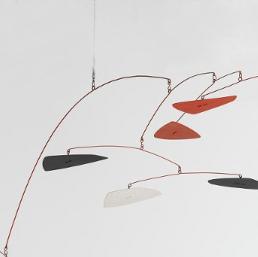
Calder: Mobile sur deux plans (1962)
And, in a true abstract manner, the 5 artists are covered only in 4 movements. He first looks at the work of Alexander Calder (1898-1976). Movement I, dense bubbles, or: Calder, or: the origin of life on earth, uses Calder’s famous floating mobiles which inspire Shepherd’s own blocks of instruments. As Calder’s mobiles float and shift, juxtaposing colours and shapes, so Shepherd does with blocks of sound. The mobiles bob or whirl depending on the air currents and so the music also accelerates or floats.
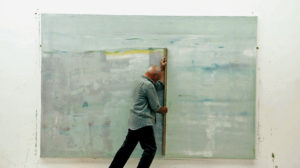
Richter painting
German artist Gerhard Richter (b. 1932) is his next subject, inspired by Richter’s paintings where he applies paint in broad strokes, using a board or a squeegee to control the movement of the texture. Just as the title indicates, we do start with a bolt of lightning. The sound of this movement is almost like a combination of Stravinsky’s The Rite of Spring and the thunderstorm from Grofé’s Grand Canyon Suite.
II. Richter, or: the rainbow inside a bolt of lightning
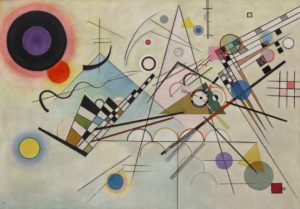
Kandinsky: Composition 8 (1923)
(Solomon R. Guggenheim Museum,
New York)
Russian Wassily Kandinsky (1866–1944) and American Lee Krasner (1908–1984) make up the third movement. Their styles are very different, with Kandinsky painting with an almost machine-like structure and Krasner finding her inspiration in filling the space with an almost calligraphic line. The music, too, becomes more metallic and crisp for Kandinsky, changing to a softer, less edgy sound to show the two contrasting artists. Shepherd makes Krasner’s loops into scalar melodies and uses brass and percussion for Kandinsky’s lines.
III. Kandinsky, and: marble, and: Krasner
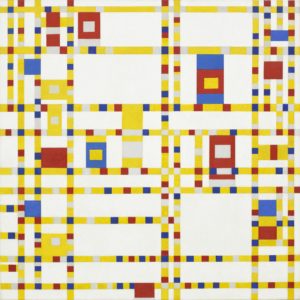
Mondrian: Broadway Boogie Woogie (1943) (MOMA, New York)
The final movement is devoted to the Dutch artist Piet Mondrian (1871-1944). He reduced the world to simple geometric design, coming out of his work with De Stijl art movement in The Netherlands. His grid-like paintings inspire Shepherd to a quiet dissonance.

